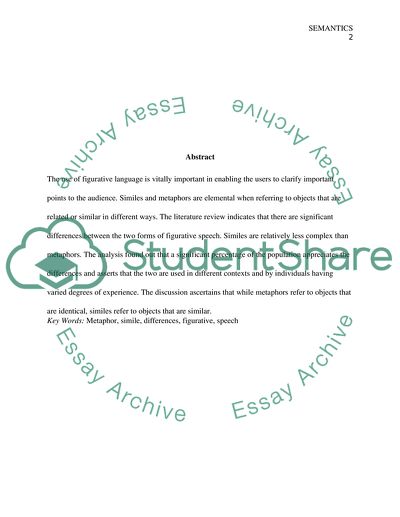Cite this document
(“Semantics Research Paper Example | Topics and Well Written Essays - 1750 words”, n.d.)
Retrieved from https://studentshare.org/english/1596387-semantics
Retrieved from https://studentshare.org/english/1596387-semantics
(Semantics Research Paper Example | Topics and Well Written Essays - 1750 Words)
https://studentshare.org/english/1596387-semantics.
https://studentshare.org/english/1596387-semantics.
“Semantics Research Paper Example | Topics and Well Written Essays - 1750 Words”, n.d. https://studentshare.org/english/1596387-semantics.


